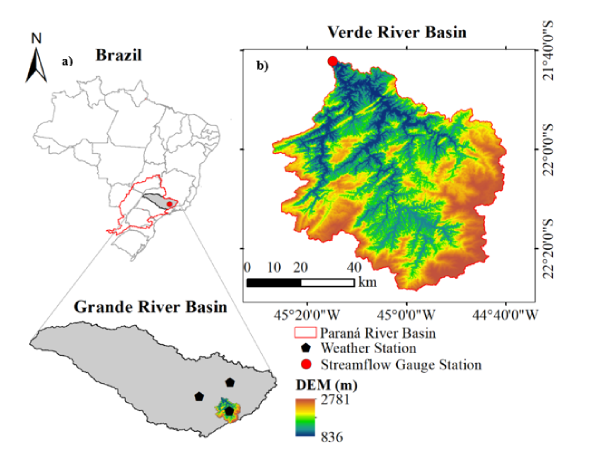Quality of raw water in the Guandu Basin of Rio de Janeiro state during water crisis of 2020
Abstract
At the beginning of 2020, about 9 million inhabitants of the Metropolitan Region of Rio de Janeiro, dependent on the Guandu Basin, experienced a water-supply crisis when their water tasted badly and gave off an odor. This work presents the results of analyses of the sanitary quality of raw water in this system at two different times during the water crisis, with respect to the presence of cyanobacteria found using metagenomic studies, and cyanotoxins, microcystin (MC) and saxitoxin (SXT) quantified by ELISA. Analyses of raw water quality parameters were carried out through the determination of total coliforms and Escherichia coli levels and some physical-chemical parameters. The raw water collected in both periods presented levels of Escherichia coli levels above the maximum allowed values (MAV) described in Resolution 357/2000 of the National Environmental Agency, as well as the levels of MC in a filter sample. The physical-chemical parameters analyzed and the SXT levels were in accordance with this resolution. The most abundant cyanobacterial genus in the critical period was Planktothricoides sp. Therefore, it is necessary to implement basic sanitation in cities upstream from the point of capture of raw water from this source, so that events similar to those that occurred in the 2020 water crisis do not recur.
Authors maintain the copyrights for their work. However, they grant rights of first publication to Ambiente e Agua - An Interdisciplinary Journal of Applied Science. In compensation, the journal can transfer the copyrights, allowing non-commercial use of the article including the right of sending the article to other data bases or publication media. The journal uses the CC BY 4.0 license"






